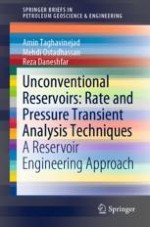This book provides a succinct overview on the application of rate and pressure transient analysis in unconventional petroleum reservoirs. It begins by introducing unconventional reservoirs, including production challenges, and continues to explore the potential benefits of rate and pressure analysis methods. Rate transient analysis (RTA) and pressure transient analysis (PTA) are techniques for evaluating petroleum reservoir properties such as permeability, original hydrocarbon in-place, and hydrocarbon recovery using dynamic data. The brief introduces, describes and classifies both techniques, focusing on the application to shale and tight reservoirs. Authors have used illustrations, schematic views, and mathematical formulations and code programs to clearly explain application of RTA and PTA in complex petroleum systems. This brief is of an interest to academics, reservoir engineers and graduate students.
